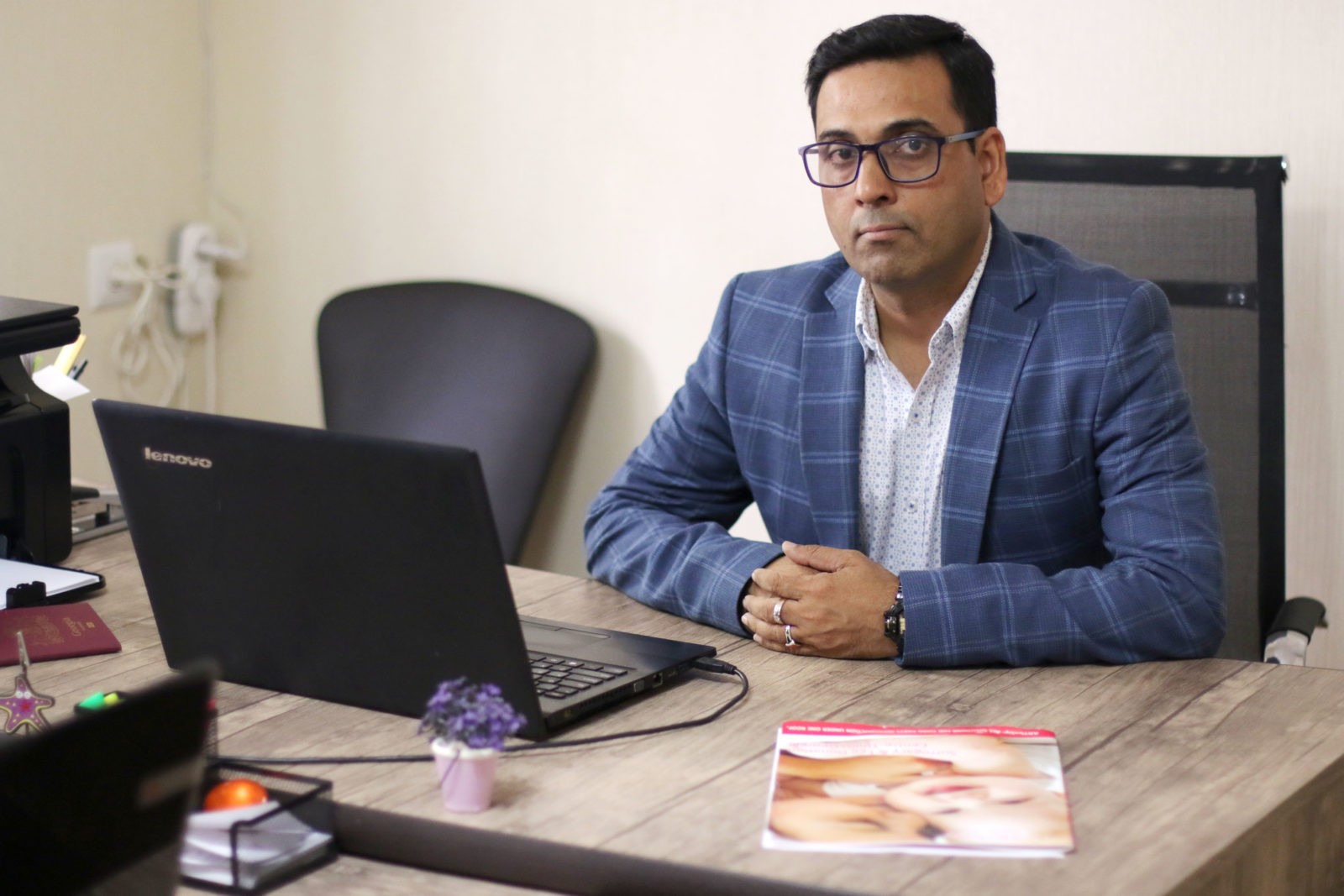The traditional belief supported that fresh egg donation cycle gives the highest pregnancy rate in assisted reproductive technology. But recent scientific review report changes this view. In 2013, a literature review published in Fertility and Sterility journal compared the efficacy of frozen and fresh embryo transfer. M. Roque et.al. reviewed that frozen embryo transfer gives better pregnancy outcome than fresh embryo transfer. However, there are multiple trials already showed that no significant difference obtained in pregnancy rates between the fresh transfer group and the vitrified- thawed transfer group.
The fertility rate depends upon the selection of the best fresh embryos for transfer. But if the remaining embryos are kept in freezing and thawing before implantation, then it helps to keep the viability of the embryos. Implantation of these frozen embryos does not diminish the fertility rate in comparison with fresh embryos.
Multiple clinical researchers showed a higher rate of successful implantation and pregnancy in case of frozen blastocysts transfer than in fresh transfer cycles. The clinical outcome which is measured by successful pregnancy outcome was 36.4% in fresh transfer group, whereas, 55.1% in frozen blastocyst transfer groups. The implantation rate was 25.2% in the fresh and 37.0% in frozen group. These data showed a statistically significant difference between these two groups. However, it is necessary to mention that the selection of freezing methods is also important for a successful pregnancy outcome. There are two common freezing methods usually applied for cryopreserving the zygotes, including vitrification and slow-freezing. Clinicians prefer to vitrification, as it gives a better pregnancy outcome than slow- freezing rate. The research study also provide evidential data to showcase this difference. The clinical pregnancy rates are almost double in case of vitrification group in comparison with the slow- freezing, which is 50.4% and 25.9%, respectively.
The reason behind the better pregnancy rate in case of frozen zygote transfer is better endometrial receptivity and superior equilibrium established between the embryo and endometrial development in frozen embryo cycles. Recent study findings also supported these fundamentals in case of fresh and frozen embryo transfers. The following are some considerable factors, including
• The survival rate is increased with better developmental outcome after the thawing process in case of advanced vitrification methods.
• There is no difference found in case of quality and biochemical pregnancy rate in between frozen and fresh embryo transfer, as successful thawing process does not alter morphological grading of embryos, as well as biochemical pregnancy outcome is almost similar in frozen (27%) and fresh transfer (22%).
• The post-thawing process in the frozen embryo has better implantation rate, as the chromosomal anomaly is less, whereas, uncleaved frozen embryos have greater chromosomal aberration rate.
• Frozen embryos are transferred in a natural ovulatory cycle, whereas fresh embryo transferred in stimulated cycles, so the chances of preferable clinical outcome are more in case of frozen embryo transfer.
• The improved pregnancy rate in case of frozen embryo transfer is due to better embryo morphology and faster blastomere cleavage rate, even in case of moderate quality embryos.
However, certain considerable factors also need to take care of frozen embryo transfer, which includes:
• Adding accurate concentration cryoprotectant in the vitrification process is essential for optimum result. However, the heavy concentration of cryoprotectant in vitrification negatively affects the embryos.
• The frozen embryo transfer is very much successful for patients who have enough good embryos for cryopreservation.
• Women age is also a considerable factor for better pregnancy rate.
• In some cases, the duration of infertility also alters the pregnancy rate in embryo transfer method.

Ravi Sharma is a self-motivated, successful entrepreneur and has a solid experience in the fertility segment. and he is the director at ARTbaby Global (ARThealthcare). He is a pharmacy graduate with post-graduation in business administration and has 14 years of rich experience in the field of infertility segment. He loves to write about IVF, Surrogacy, and other ART (assisted reproductive technology) news, issues, and updates. He is a Pharmacy graduate (B. Pharm) and M.B.A (marketing).
His most recent success includes the successful launch of the medical tourism company, ARTbaby, which offers treatment options for infertility, egg donation, and surrogacy. He likes spending time with his family and writing about various aspects of IVF surrogacy and donating eggs.
